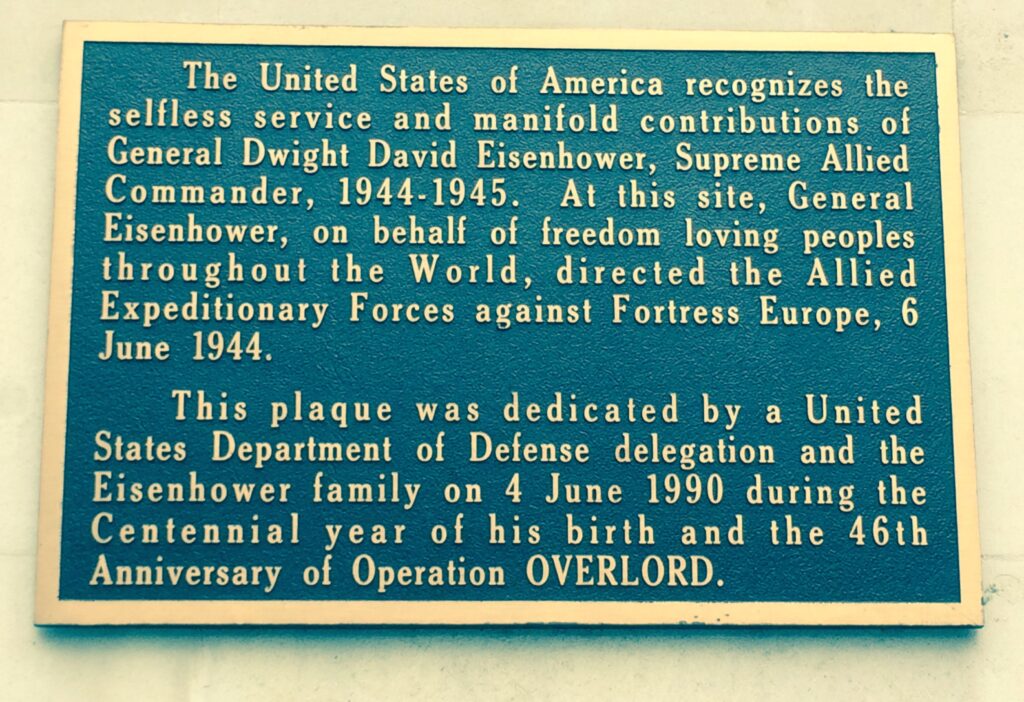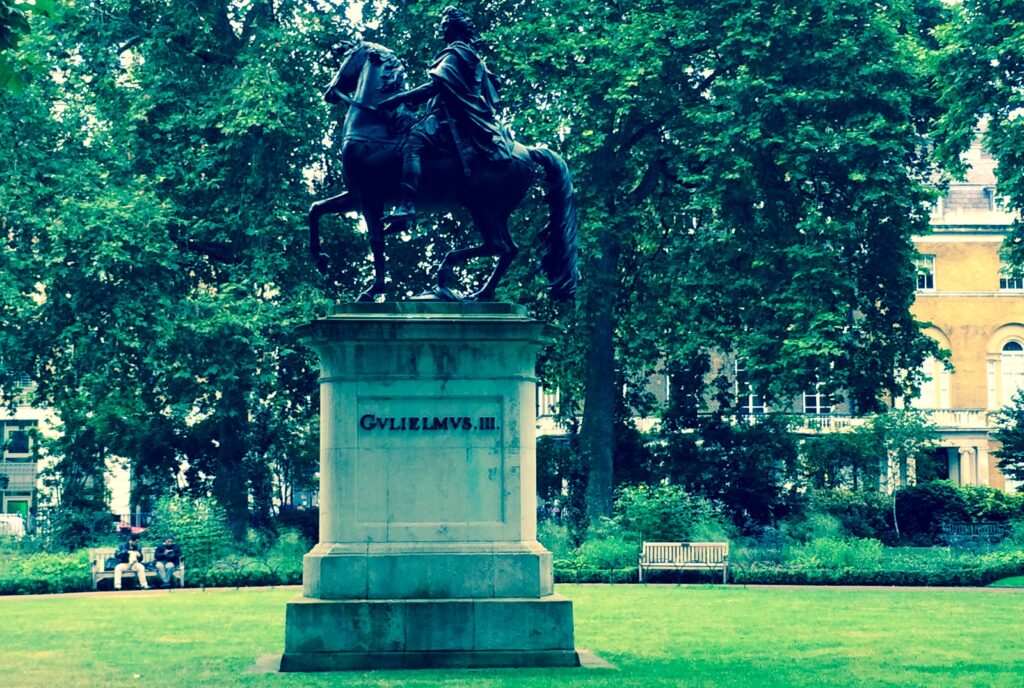LONDON: Sitting in my room here across the street from the building where D-Day was planned and Gen. Dwight D. Eisenhower huddled for months worrying over those shallow beaches and terrible cliffs, it’s easy to lose sight of the current agonistes faced by Lockheed Martin, the Pentagon leadership and our allies about the F-35A fire.
The sleepless faces and anxious demeanors I’ve chatted amiably and earnestly with over the last day make clear as nothing else can that the fire that struck the Air Force aircraft as it took off June 23 at Eglin Air Fore Base really does worry those who make the plane and those who will buy it. Much of the worry is immediate: how will we look if the F-35 does not fly at Farnborough? Some of it is focused on the ripple effects this may have on the long-troubled program. Testing will be delayed. Confidence in its single engine may be shaken. Costs (groan) may rise again. But let’s take the long view for a moment, now that we’ve left the Washington hothouse behind.
So far (touch wood), no one has been killed or injured flying an F-35. And the Pentagon intends to keep it that way: “Safety is the first priority,” Defense Secretary Chuck Hagel told F-35 pilots and support personnel at Eglin yesterday . ‘We’re not going to put aircraft in the air, we’re not going to ask anyone to risk their lives on any platform for any reason, unless we feel absolutely secure that it is safe.”
So far, the problems are those most advanced weapons face in their development: unexpected design issues (cracking bulkheads, jittery helmet displays, tires that tire out awfully fast, the Eglin fire etc.), rising costs and lengthening schedules. Of course, the F-35 is unique because there are three variants flown by the Navy, Air Force and Marines; allies were in from the beginning; and it is the only fighter the world’s biggest military will build for a long, long time, so the stakes are high.
Few advanced aircraft make it through their first years without crashes, mishaps, deaths and injuries. “I don’t know of a platform that we’ve ever had…that didn’t go through issues,” Hagel said at Eglin. In its early years, some pilots died and more were injured while flying the much-loved and respected F-16. You don’t hear much about that any more because the Air Force and those building the plane fixed the problems. But being a test pilot or an early adopter has long been perilous. In these days of advanced computing and rigorous testing many have forgotten how dangerous the lives of test pilots can be. The glamour and thrill of flying the world’s most advanced planes used to be hard to separate from death and injury. It was the nature of the job.
A close observer of the F-35 and F-16 programs — who does not benefit from its construction or sale — offered these sage words about jet fighter development.
“You can do as much development and risk reduction as you want, but you will never make flying fast jets completely safe. Spoke to one of our test pilots last week, who mused on the fact that even now, 34 years after first delivery, they are still finding design and manufacturing flaws in the F-16,” this person wrote about the world’s most ubiquitous fighter. “It is the nature of the business, and no matter how much time you spend testing and trying this thing out, at some point something is going to break at the worst possible time – and sooner or later, one of them will come down mid-flight, hopefully with the pilot having had the ride of his life in a Martin-Baker [ejection] seat immediately prior.”
Immersed in London, with its frequent reminders of war and conquest — Trafalgar Square, Churchill’s war rooms, the Imperial War Museum, the countless artworks of kings, conquerors, heroes and the statesmen of empire — one finds it harder to take the short view of history, with its intricate dance of illusion and success.
The F-35Bs may still fly at Farnborough. If so, may their pilots be safe and the crowds get a good look at one of the world’s most advanced aircraft.
Navy jet trainer fleet operations remain paused after engine mishap
One week after the incident, a Navy spokesperson says the service is continuing to assess the fleet’s ability to safely resume flight.





























